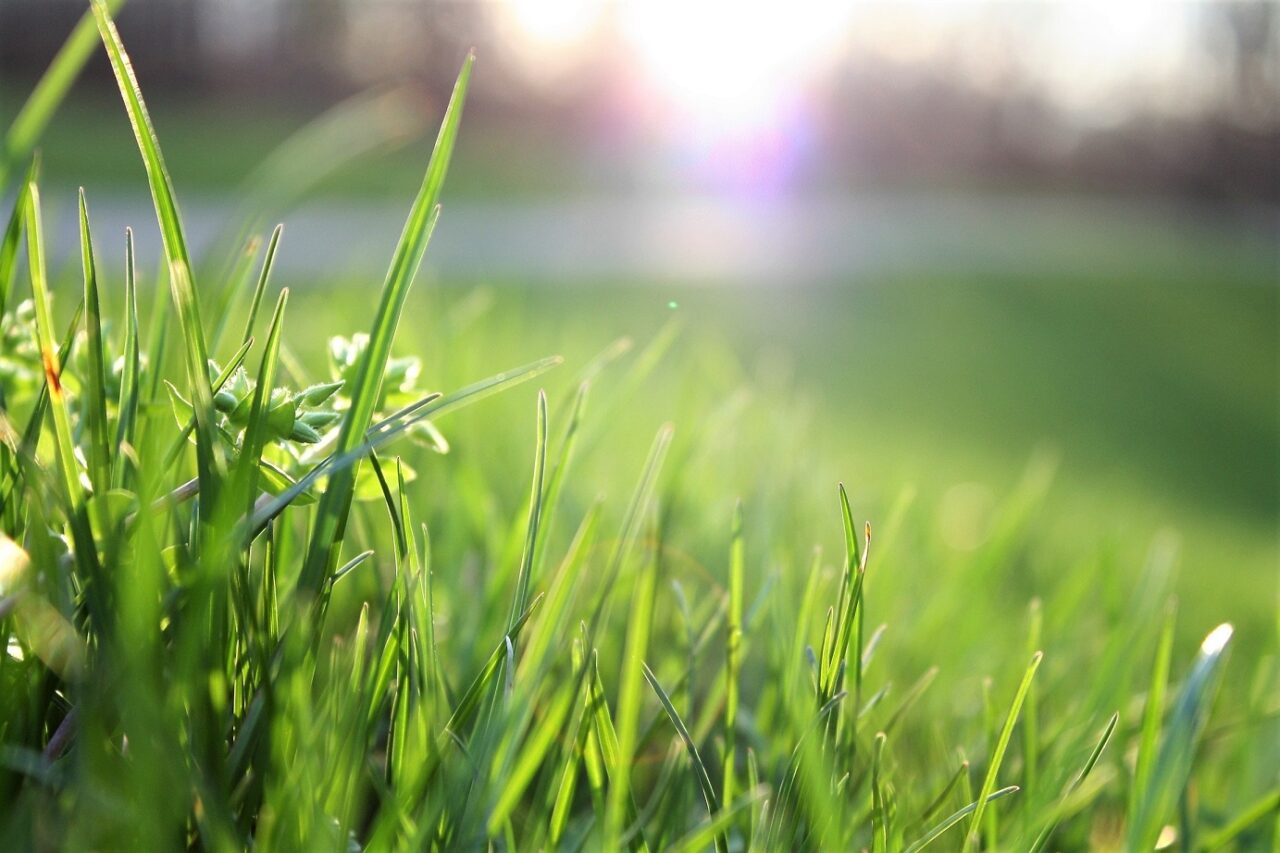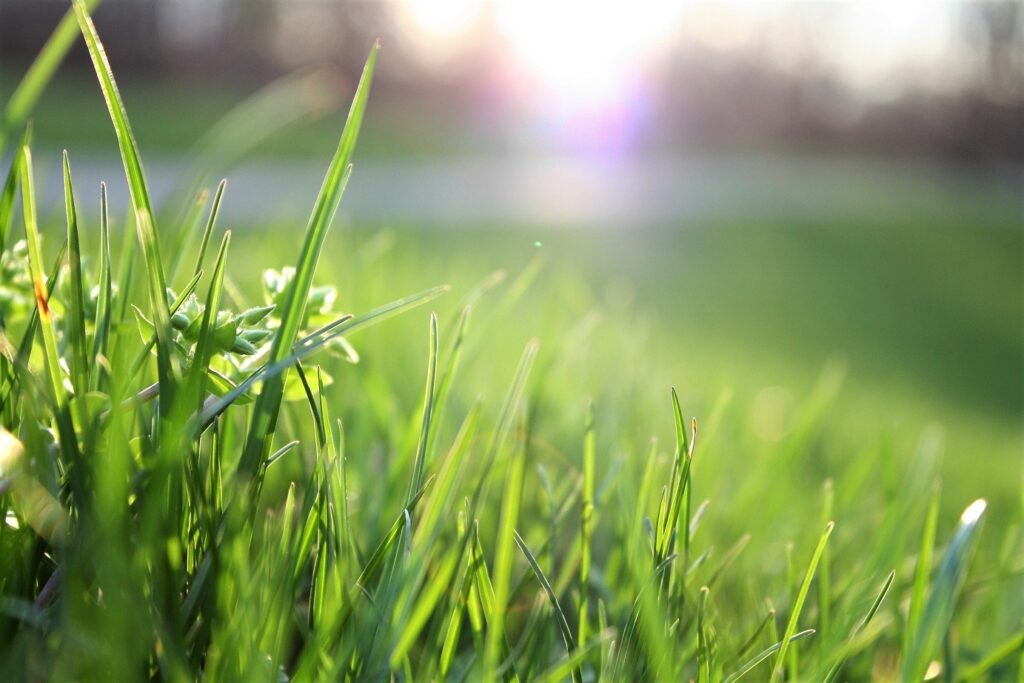How to Identify Your Lawn Grass?
A beautiful lawn is a source of pride for many homeowners. It is not only aesthetically pleasing, but it also adds value to the property. However, maintaining a lush green lawn requires knowledge about the type of grass that is growing in it. Different grass species have different requirements for watering, fertilizing, and mowing. Therefore, identifying your lawn grass is crucial for its proper care and maintenance. In this article, we will guide you through the process of identifying your lawn grass.
Consider Your Geographic Location:
The first step in identifying your lawn grass is to determine your geographic location. Grass species vary depending on the climate and soil conditions of the area. For example, cool-season grasses such as fescue and bluegrass are commonly found in northern regions, while warm-season grasses like Bermuda and St. Augustine thrive in southern areas.
Look at the Blade Characteristics:
Once you have determined the general region your lawn is located in, take a closer look at the blades of your grass. The shape, width, and color of the blades can give you an idea of the type of grass you have. Here are some examples:
Bermuda grass has fine, pointed blades that are green to blue-green in color. They can grow up to 6 inches long.
- St. Augustine grass has wide, flat blades that are light to dark green in color. They can grow up to 10 inches long.
- Zoysia grass has medium to fine textured blades that are green to blue-green in color. They can grow up to 8 inches long.
- Kentucky bluegrass has narrow, flat blades that are blue-green in color. They can grow up to 4 inches long.
Examine the Growth Habit:
The growth habit of your grass can also be a clue to its identity. Grasses can be categorized as either spreading or bunching. Spreading grasses grow by above-ground stems called stolons or below-ground stems called rhizomes. Bunching grasses, on the other hand, grow in clumps.
- Bermuda grass is a spreading grass that grows via stolons.
- St. Augustine grass is a spreading grass that grows via both stolons and rhizomes.
- Zoysia grass is a spreading grass that grows via rhizomes.
- Kentucky bluegrass is a bunching grass.
Observe the Seed Heads:
When grasses mature, they produce seed heads that can also provide clues to their identity. Seed heads can vary in shape, size, and color.
- Bermuda grass seed heads are spike-like and can grow up to 4 inches long.
- St. Augustine grass seed heads are cylindrical and can grow up to 12 inches long.
- Zoysia grass seed heads are spike-like and can grow up to 5 inches long.
- Kentucky bluegrass seed heads are branching and can grow up to 3 inches long.
Seek Professional Help:
If you are still unsure about the type of grass you have, seek professional help. A local nursery or lawn care company can help you identify your grass species and provide you with advice on how to properly care for it. You can also send a sample of your grass to a university or agricultural extension office for analysis.
Consider the Soil Type:
Different grass species have different soil requirements. For example, some grasses thrive in sandy soils, while others prefer clay or loamy soils. If you are unsure about the type of soil in your lawn, you can purchase a soil test kit from a garden center or send a soil sample to a laboratory for analysis.
Check for Pests and Diseases:
Certain pests and diseases can also give you clues about the type of grass you have. For example, Bermuda grass is susceptible to armyworms, while St. Augustine grass is prone to chinch bugs. If you notice any unusual symptoms or damage to your grass, consult a lawn care professional for advice.
Consider Overseeding:
If you are not happy with the current grass species in your lawn, you may want to consider overseeding with a different variety. However, it is important to choose a grass species that is compatible with your climate and soil type. Consult a lawn care professional for advice before making any major changes to your lawn.
What are the Different Grass Types?
There are two main categories of grasses: cool-season grasses and warm-season grasses. Within each category, there are several different grass types that are commonly used for lawns and sports fields. Here is an overview of some of the most popular grass types:
Cool-Season Grasses:
Kentucky Bluegrass: This grass type is a popular choice for lawns in the northern regions of the United States. It has narrow, flat blades and a fine texture. Kentucky bluegrass is known for its dense growth habit and rich green color.
Fine Fescue: This grass type is often used for shady areas and low-maintenance lawns. It has fine, narrow blades and a soft texture. Fine fescue is available in several varieties, including creeping red fescue, chewings fescue, and hard fescue.
Perennial Ryegrass: This grass type is often used for overseeding warm-season lawns or for quick establishment in high-traffic areas. It has a fine texture and dark green color.
Warm-Season Grasses:
Bermuda Grass: This grass type is commonly used for sports fields and golf courses in warm, southern regions. It has fine, pointed blades and a dense growth habit. Bermuda grass is known for its ability to tolerate heat and drought.
Zoysia Grass: This grass type is often used for lawns and golf courses in warm regions. It has a medium to fine texture and a light to medium green color. Zoysia grass is known for its ability to withstand heavy foot traffic and heat.
St. Augustine Grass: This grass type is popular for lawns in coastal regions with high humidity and rainfall. It has wide, flat blades and a coarse texture. St. Augustine grass is known for its tolerance of salt and shade.
Centipede Grass: This grass type is often used for low-maintenance lawns in warm, southern regions. It has a light green color and a coarse texture. Centipede grass is known for its ability to tolerate low-nutrient soils and drought.
Bahia Grass: This grass type is often used for lawns and pastures in warm, southern regions. It has a coarse texture and a light green color. Bahia grass is known for its ability to tolerate drought and low-nutrient soils.
It is important to note that there are many different varieties of each grass type, each with its own unique characteristics and growing requirements. When choosing a grass type for your lawn or sports field, it is important to consider your climate, soil type, and maintenance needs. Consult a lawn care professional or your local agricultural extension office for advice on selecting the best grass type for your needs.

